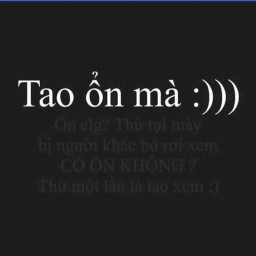II. Fill in the blanks with WHO, WHICH or WHOSE:
1. He arrived with a friend ______ waited outside in the car.
2. The man ______ mobile was ringing did not know what to do.
3. The car ______ the robbers escaped in was a BMW.
4. The woman ______ daughter was crying tried to calm her down.
5. The postman ______ works in the village is very old.
6. The family ______ car was stolen last week is the Smiths.
7. The cowboy ______ is wearing a red shirt looks very funny.
8. A bus is a big car ______ carries lots of people.
9. The volunteers, ______ enthusiasm was obvious, finished the work quickly.
10. Children ______ like music are often good at mathematics.
II. Fill in the blanks with WHO, WHICH or WHOSE:
1. He arrived with a friend who waited outside in the car.
2. The man whose mobile was ringing did not know what to do.
3. The car which the robbers escaped in was a BMW.
4. The woman whose daughter was crying tried to calm her down.
5. The postman who works in the village is very old.
6. The family which car was stolen last week is the Smiths.
7. The cowboy who is wearing a red shirt looks very funny.
8. A bus is a big car which carries lots of people.
9. The volunteers, whose enthusiasm was obvious, finished the work quickly.
10. Children who like music are often good at mathematics.
II. Fill in the blanks with WHO, WHICH or WHOSE:
1. He arrived with a friend who waited outside in the car.
2. The man whose mobile was ringing did not know what to do.
3. The car which the robbers escaped in was a BMW.
4. The woman whose daughter was crying tried to calm her down.
5. The postman who works in the village is very old.
6. The family which car was stolen last week is the Smiths.
7. The cowboy who is wearing a red shirt looks very funny.
8. A bus is a big car which carries lots of people.
9. The volunteers, whose enthusiasm was obvious, finished the work quickly.
10. Children who like music are often good at mathematics.









